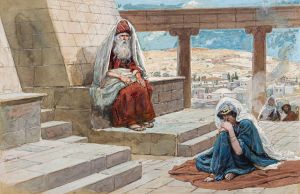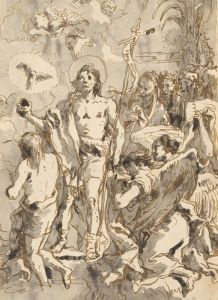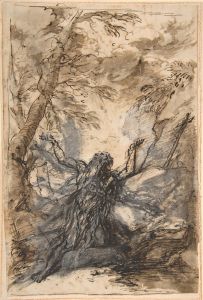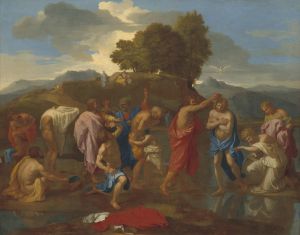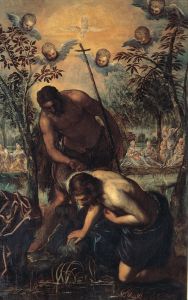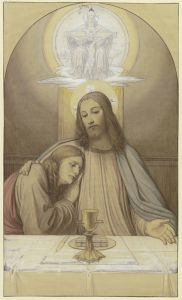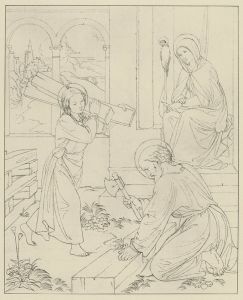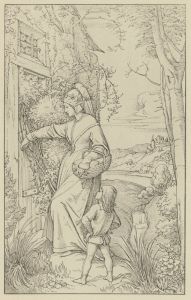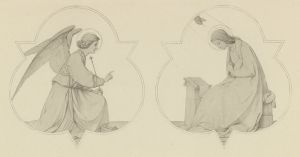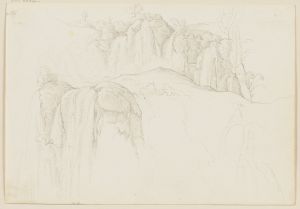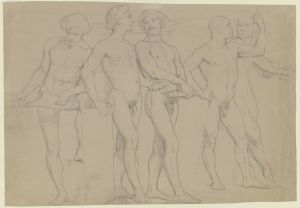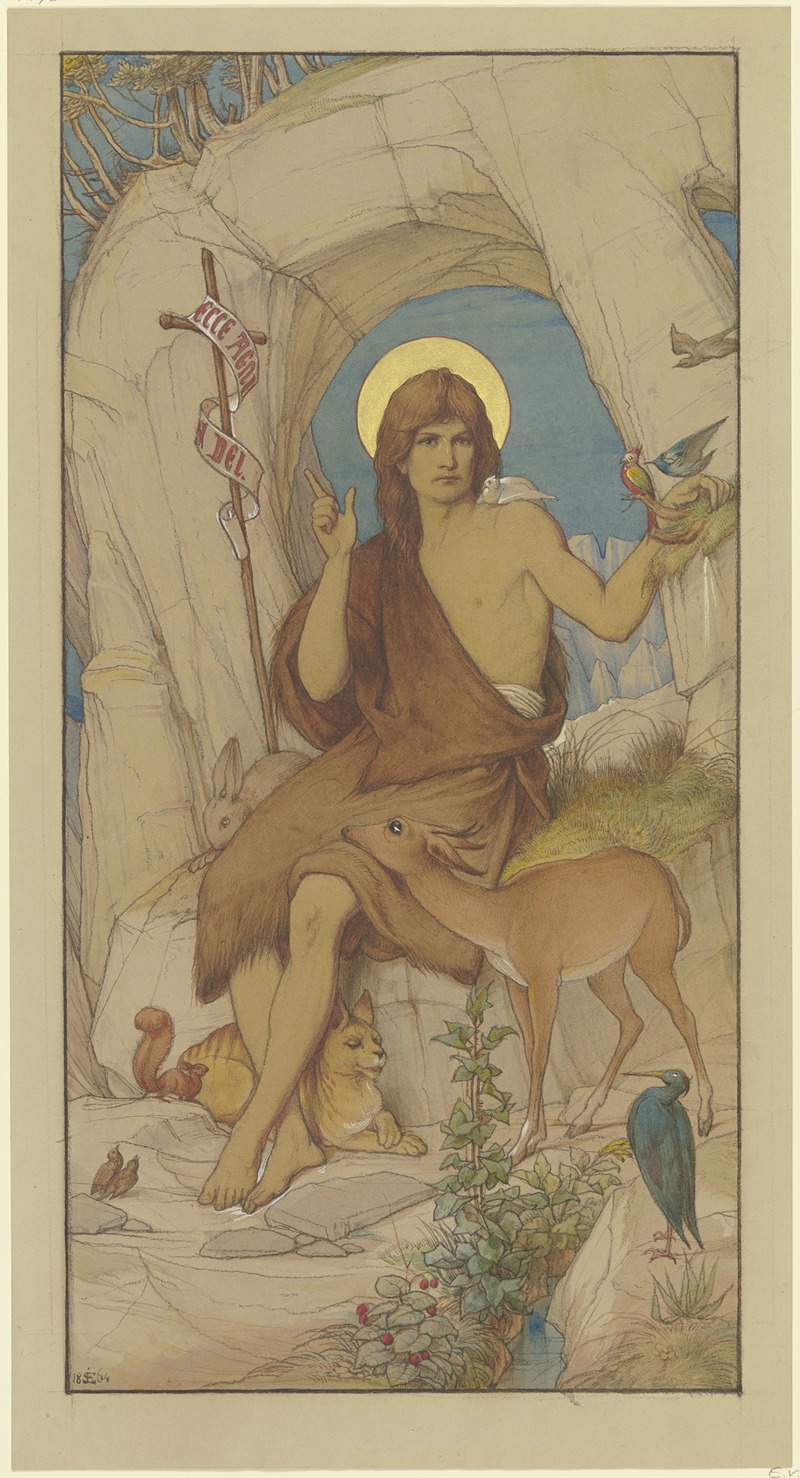
John the Baptist in the Wilderness
A hand-painted replica of Eduard von Steinle’s masterpiece John the Baptist in the Wilderness, meticulously crafted by professional artists to capture the true essence of the original. Each piece is created with museum-quality canvas and rare mineral pigments, carefully painted by experienced artists with delicate brushstrokes and rich, layered colors to perfectly recreate the texture of the original artwork. Unlike machine-printed reproductions, this hand-painted version brings the painting to life, infused with the artist’s emotions and skill in every stroke. Whether for personal collection or home decoration, it instantly elevates the artistic atmosphere of any space.
"John the Baptist in the Wilderness" is a painting by the German artist Eduard von Steinle, created in the 19th century. Eduard von Steinle (1810-1886) was a prominent figure in the Nazarene movement, which sought to revive the spirituality and artistic style of the early Renaissance. The Nazarenes were known for their detailed and idealized representations of religious subjects, and Steinle's work is a quintessential example of this approach.
The painting depicts John the Baptist, a significant figure in Christianity, known for baptizing Jesus Christ and preaching about repentance and the coming of the Messiah. In this artwork, John the Baptist is portrayed in the wilderness, a setting that aligns with the biblical accounts of his life. The wilderness is often symbolically associated with spiritual solitude and divine encounters, reflecting John's role as a prophet and a forerunner to Jesus.
Steinle's depiction of John the Baptist is characterized by a serene and contemplative atmosphere. John is typically shown wearing simple, humble clothing made of camel's hair, with a leather belt around his waist, as described in the Gospels. He is often depicted holding a staff or a cross, symbolizing his role as a precursor to Christ and his mission of preparing the way for the Lord. The wilderness setting is rendered with meticulous attention to detail, showcasing Steinle's skill in landscape painting and his ability to create a harmonious composition that enhances the spiritual message of the work.
The painting reflects the Nazarene movement's emphasis on clarity, purity, and devotion in religious art. Steinle's use of light and color contributes to the overall sense of tranquility and reverence, drawing the viewer into a contemplative state. The figure of John the Baptist is central to the composition, with his gaze directed upwards, suggesting a connection with the divine and his unwavering faith.
Eduard von Steinle's "John the Baptist in the Wilderness" is a testament to the artist's dedication to religious themes and his mastery of the Nazarene style. The painting not only captures the essence of John the Baptist's ascetic life and spiritual mission but also serves as an example of 19th-century religious art that sought to inspire and uplift the viewer through its depiction of holy figures and biblical narratives.
This artwork is part of Steinle's broader oeuvre, which includes numerous religious paintings, frescoes, and illustrations. His contributions to religious art were significant during his time, and his works continue to be appreciated for their spiritual depth and artistic excellence. "John the Baptist in the Wilderness" remains an important piece within the context of 19th-century German art and the Nazarene movement, reflecting the enduring appeal of religious subjects in the visual arts.






